This month we provide an update on the Hôpital de la Miséricorde and analyze controversial plans by Hydro-Québec to integrate an electricity substation into the haunted site. The ghost-ridden Hôpital de la Miséricorde has been empty for years and is starting to crumble. Located on prime real estate in Downtown Montreal...
Welcome to the one hundred and sixteenth installment of the Haunted Montreal Blog!
With over 600 documented ghost stories, Montreal is easily the most haunted city in Canada, if not all of North America. Haunted Montreal dedicates itself to researching these paranormal tales, and the Haunted Montreal Blog unveils a newly researched Montreal ghost story on the 13th of every month!
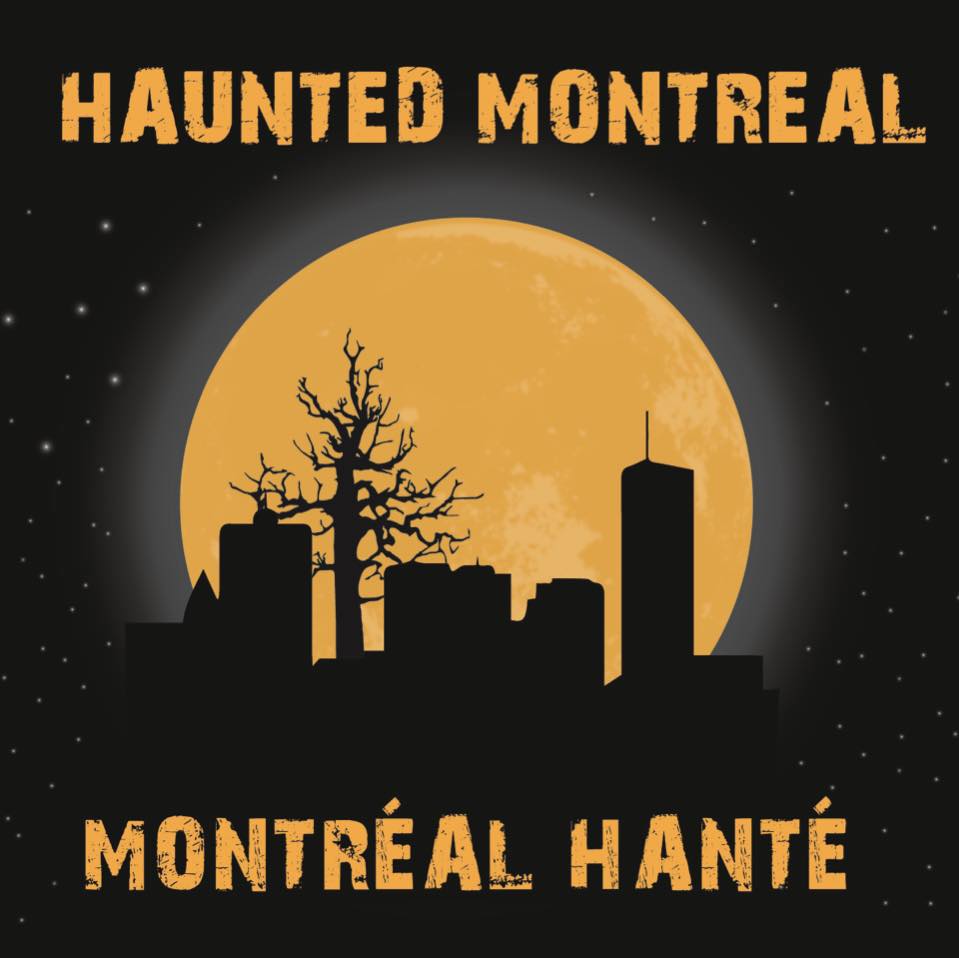
This service is free and you can sign up to our mailing list (top, right-hand corner for desktops and at the bottom for mobile devices) if you wish to receive it every month on the 13th! The blog is published in both English and French!
We are pleased to announce that our season of public outdoor ghost tours is now running and tickets are on sale!
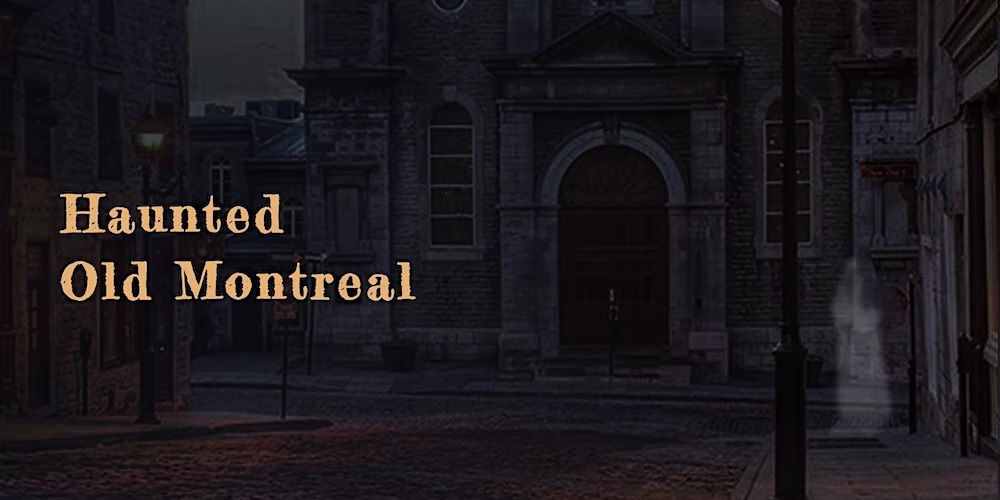
These include Haunted Old Montreal, Haunted Mountain, Haunted Downtown and Haunted Griffintown. Paranormal Investigations include Old Sainte-Antoine Cemetery and Colonial Old Montreal.
Haunted Montreal is also running our Haunted Pub Crawl every Sunday at 3 pm in English. For tours in French, these happen on the last Sunday of every month at 2 pm.
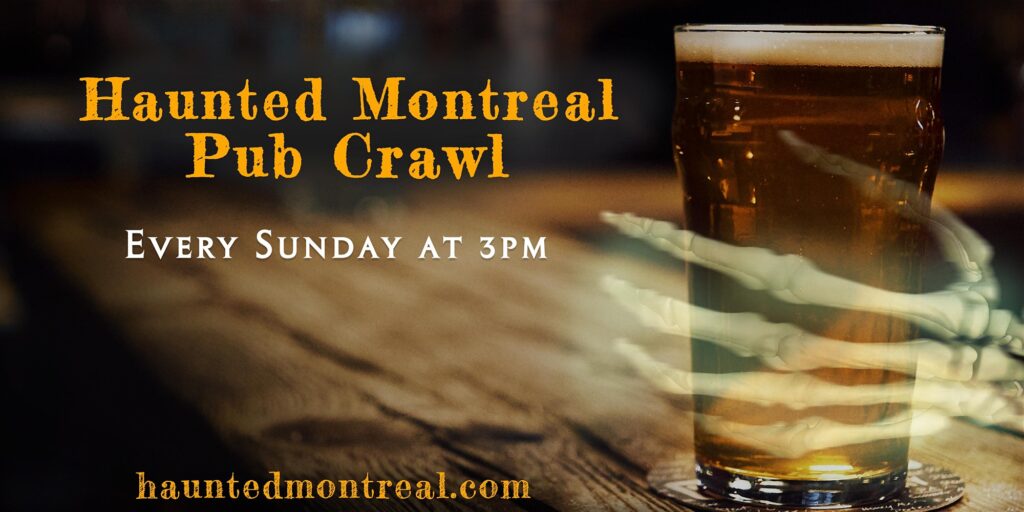
To learn more, see the schedule at the bottom of our home page and see more details in the Company News section below!
Private tours for all of our experiences (including outdoor tours) can be booked at any time based on the availability of our actors. Clients can request any date, time, language and operating tour. These tours start at $235 for small groups of up to 7 people.
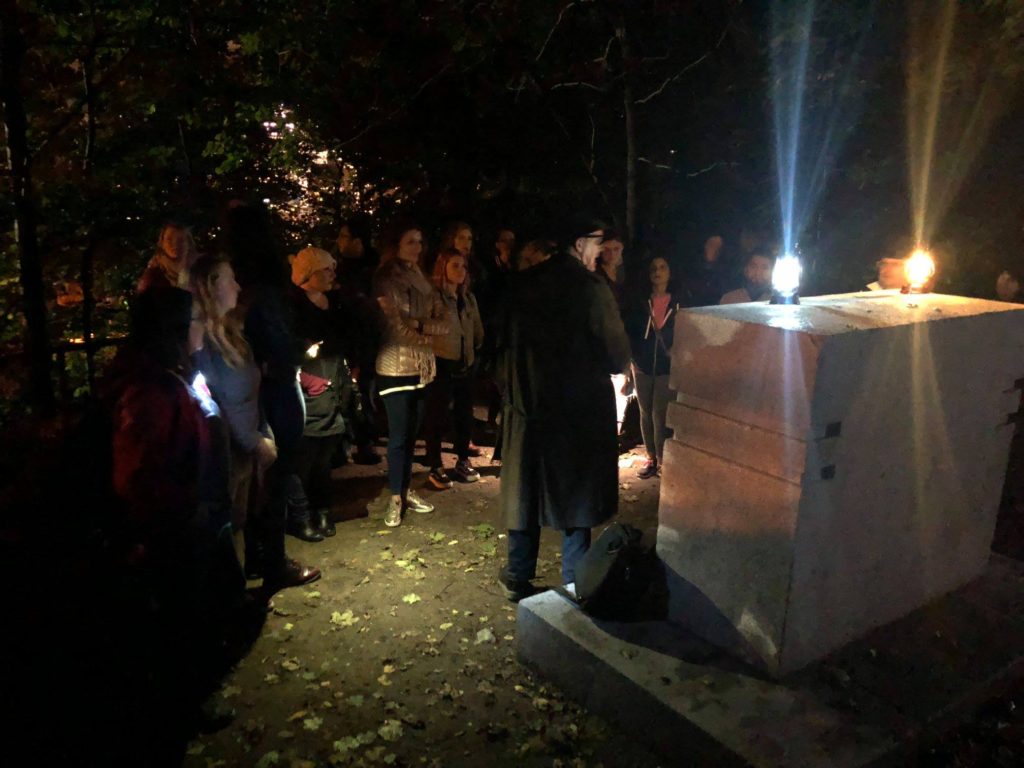
Email info@hauntedmontreal.com to book a private tour!
Lastly, we have an online store for those interested in Haunted Montreal merchandise.
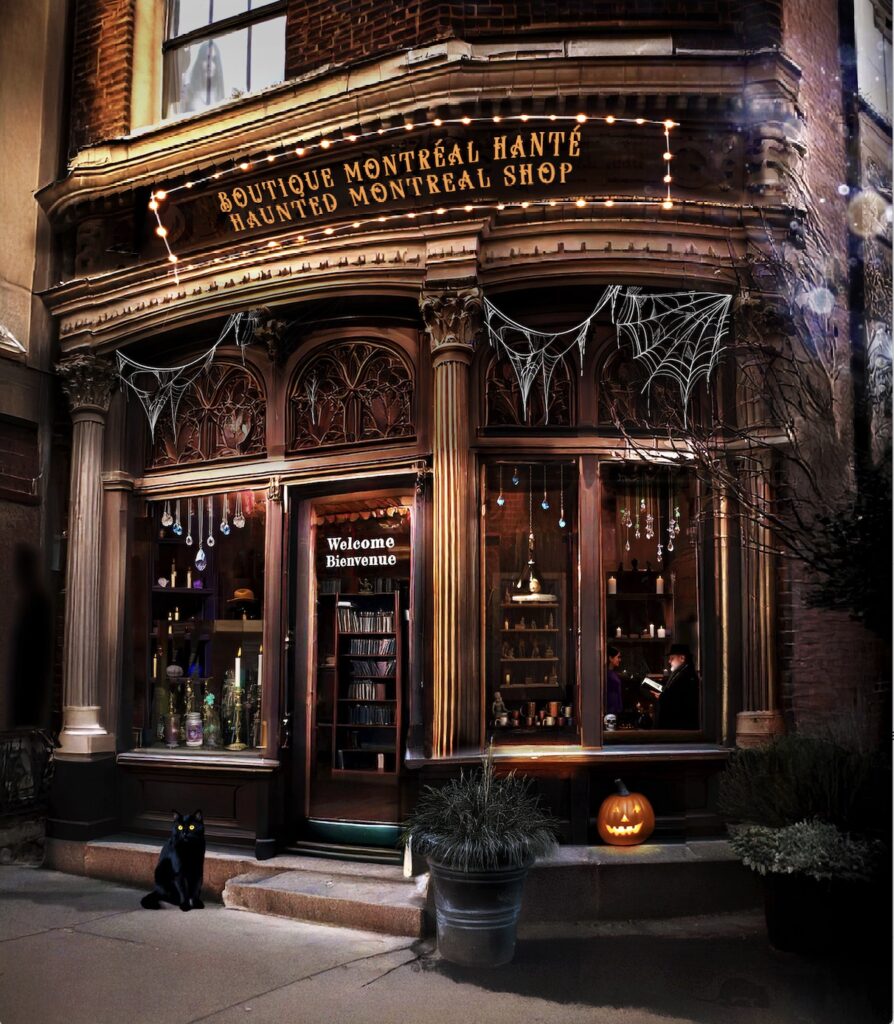
More details are below in our Company News section!
There is a little-known old ghost story set in Beaurepaire Village, Beaconsfield, called “The Ghostly Soldiers of Pointe à Quenet”. Recorded by famous folklorist E.-Z. Massicotte, the tale involves the oldest house on the peninsula. Connected to the remnants of a colonial fort, people in the home have spotted ghostly soldiers in the cellar and marching about the property in formation. This strange ghost story has been passed from generation to generation in the ancient home known today as Maison Beaurepaire.
Haunted Research
Beaurepaire Village in the West Island suburb of Beaconsfield is a quaint area where locals can do their shopping and enjoy a meal at a local pub. Known for its slower pace of life, the village has a nearly-forgotten ghost story that dates back centuries.
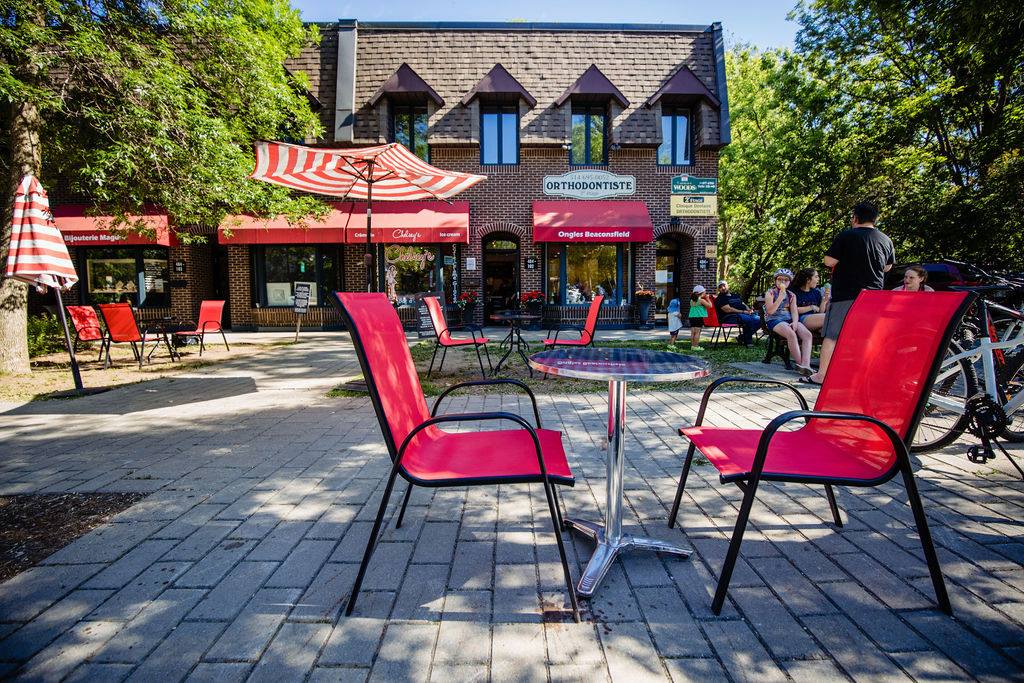
Titled “The Ghostly Soldiers of Point-a-Quenet”, the haunted tale was published in French by Édouard-Zotique Massicotte. The tale appeared in the August, 1927 edition of LE BULLETIN DES Recherches Historiques, VOL. XXXIII, No. 8.
Massicotte, an author and folklorist, collected some 5000 versions of songs and stories from French Canada. He also published many articles and works on the traditions, customs and anecdotal history of Quebec.
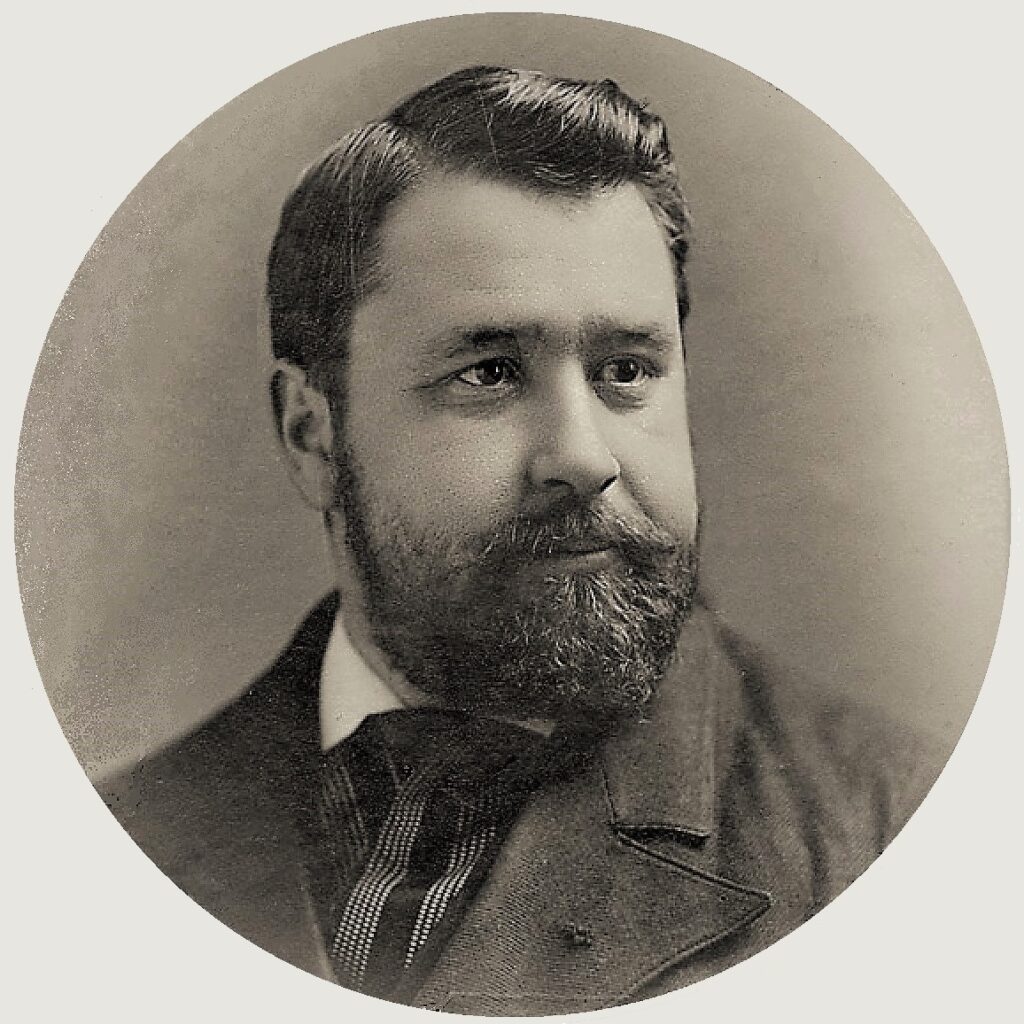
“The Ghostly Soldiers of Point-a-Quenet” is set in one of Beaurepaire Village’s oldest homes.
Known variously as Maison de Beaurepaire, Dornal Hall and Maison Amable-Curot, the stately home was originally constructed around 1765 by craftsman Basil Proulx.
Located on the riverfront at 13 Thompson Point Road, Maison de Beaurepaire has fieldstone walls and is topped with a symmetrical, low-pitched roof that includes five dormer windows.
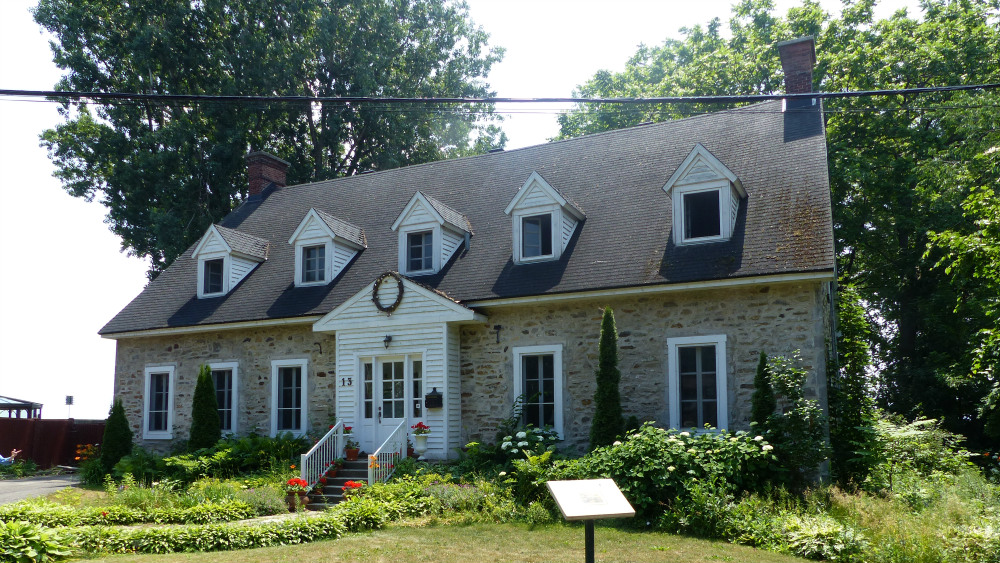
Maison de Beaurepaire is a rare historical and architectural gem in the municipality of Beaconsfield. Indeed, so important is the home that it even boasts a historical plaque on its front lawn.
The point of land where the house is located has a long history that dates back thousands of years. Situated on Tiohtià:ke, the Mohawk name for today’s Montreal Island, the area was likely used by various First Nations for navigation, fishing, trade and shelter from choppy waters and inclement weather.

However, when the French began to colonize Tiohtià:ke in 1642, Sulpician priests “inherited” the entire island in 1663 after it was “ceded” by “The Notre Dame Society of Montreal for the Conversion of the Savage Peoples of New France”. Prior to that, Jacques Cartier had claimed all Indigenous lands for the King of France in July 1534 – by erecting a cross at Gaspé Bay.
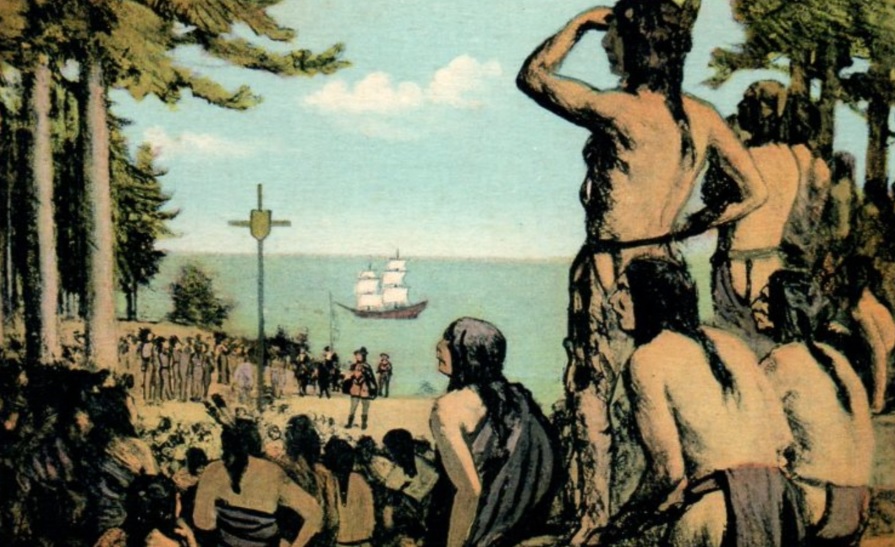
However, neither the Mohawk First Nation nor any other Indigenous Peoples in present-day Quebec ever ceded their territories to the French or anyone else. Indeed, they are still demanding their land back to this very day.
These arguments did not stop the Sulpicians from granting the first concession of land at “Pointe de Beaurepaire”, as they called it, in 1678. It was also known as “Pointe Ana8y. Ana8y, (pronounced “Anaouy”) was evidently an Algonquin name for the point that means “river and current”.

The Sulpicians granted the land to a colonist named Jean Quenet who was involved in the fur trade. Quenet wanted to build a fortified trading post on the land, which the Sulpicians demanded to offer protection to the settlers.
However, a war between the French colonizers and the defending Haudenosaunee Confederation thwarted Quenet’s plans.
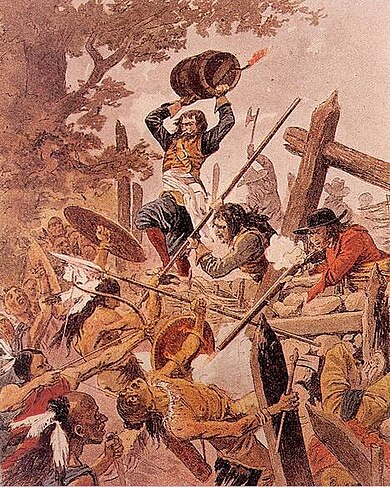
He had to wait until 1698 to build his fortification when military tensions had lessened before a major peace treaty in 1701.
According to documents provided by the Beaurepaire Historical Society, Jean Guenet built his house ‘pièces sur pièces’ (with logs) which was designed as a fortified trading post. The fort included bevelled loopholes (gunports) in its stone foundations for defense. A map from 1744 shows Fort de la Pointe à Quenet on the site.
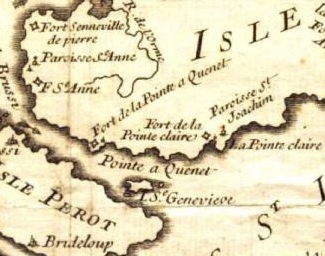
Following the British Conquest of 1760, forts from the French regime largely became obsolete and many were left abandoned or demolished.
When Maison de Beaurepaire was constructed around 1765, the foundations of the old fort were evidently incorporated into the new house as a part of its cellar.
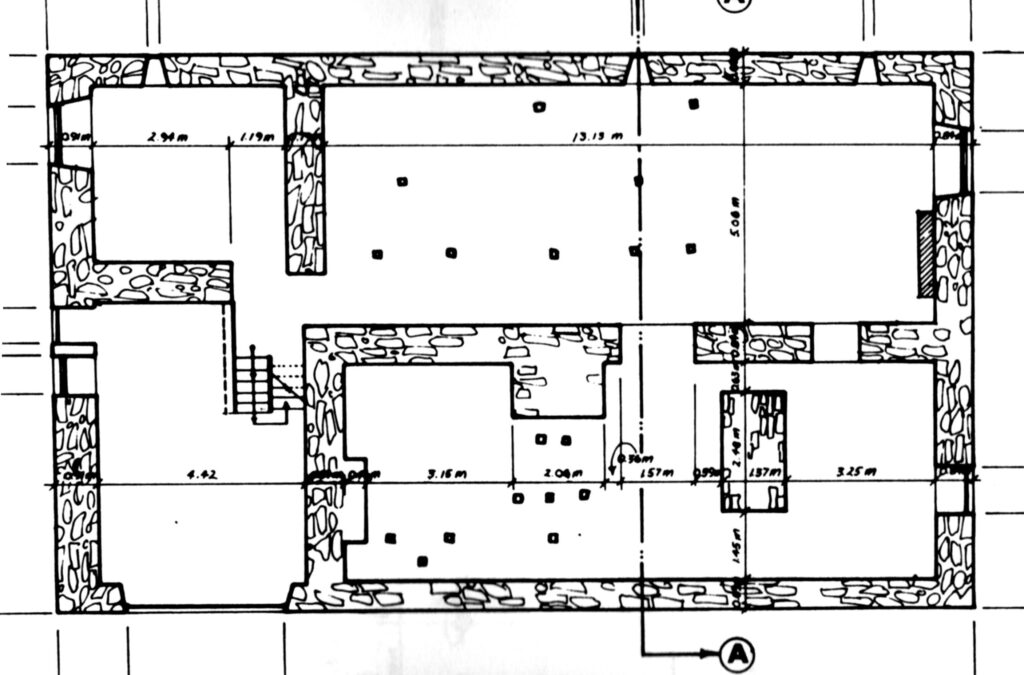
Over the decades, the house would exchange hands on many occasions. The second tenant, Amable Curot, bought it in 1769 following Quenet’s death. By the time Massicotte published his ghost story in 1929, the house had been owned by around 15 different families since its original construction.
Indeed, a whole suburban neighbourhood had developed around the house at the time of publication.
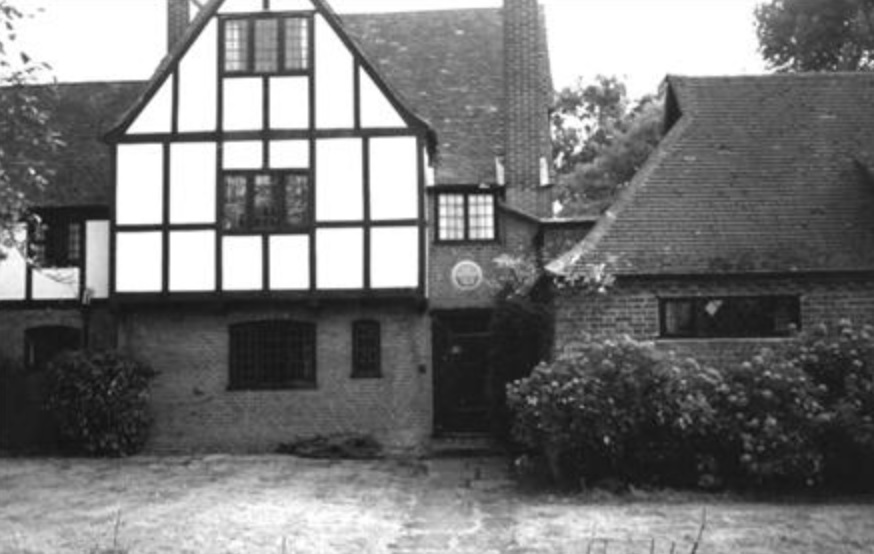
The owner in 1929 was lawyer John Augustine Mann, C.R. and the house was known as Dornal Hall.
Massicotte begins “The Ghostly Soldiers of Point-a-Quenet” with the following preface:
“A legend is attached to this location, which was told to us last year by Miss Louise Swindlehurst, then a journalist and now the wife of Mr. Cooper, a member of the editorial staff of The Gazette.”
Masicotte then jumps into the story:
ꙮ ꙮ ꙮ
On a hot and oppressive afternoon, fifteen years ago, the cook of Dornal Hall rested in her “rocking chair,” quietly digesting a hearty meal.
The kitchen, the domain of the servant, is adjacent to the remains of an old fort, which serves as a vault or storage area. A door connects the two rooms. A deep silence reigns in the house when the servant sees the door to the vault open, and a young soldier enters the kitchen. He wears a tricorne hat and has white or powdered hair, with certain details of his uniform indicating that he is an officer.
Without acknowledging the servant, whom he seems to ignore, the newcomer stops a few steps from the vault, and with his left hand resting on the hilt of his sword, he waits.
Through the door that remains slightly open, four soldiers appear, each carrying a rifle over their right shoulder. The terrified cook sees (without hearing any sound) the officer silently giving orders to his subordinates. After this, the five men cross the kitchen, exit through the door that leads to the lawn at the back of the house, and then vanish in the direction of Lake Saint-Louis, whose shore marks the location.
ꙮ ꙮ ꙮ
Massicotte then discusses the speculation about who these ghostly soldiers might be.
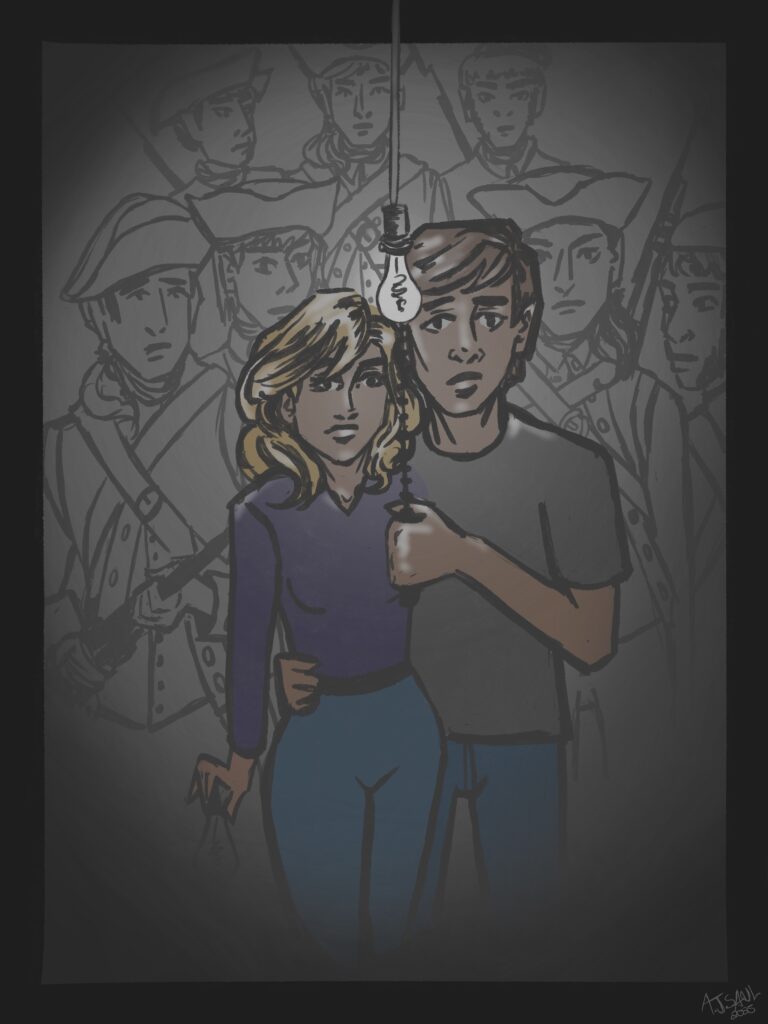
Please be aware that Haunted Montreal has quoted Massicotte directly for historical accuracy and that we do not approve of his racist language.
He wrote:
ꙮ ꙮ ꙮ
The story of this vision or dream has been repeated many times. Every owner of the Quenet house has passed it down, and it has sparked many conjectures.
First, people tried to guess the nationality of the soldiers. Some thought they might be soldiers of the Hessian regiment who had sought refuge at Beaurepaire after fighting alongside the English in Washington’s Army.
Others suggested that they were the ghosts of French guardsmen who might have been in the service of Jean Quenet, the beaver inspector who lived at this site.
It is plausible that Jean Quenet did have a guard, for after the massacre at Lachine, it is likely that this official, when building a fortified house, maintained a small garrison to protect the furs of the Company of the Indies that he represented. A post so far from Montreal would have been vulnerable to incursions, both from marauding redskins and from pale-faced thieves.
There were also efforts to determine if any battles had occurred where soldiers might have been killed and buried at this spot, but excavations in the soil and searches through records have been unsuccessful so far.
ꙮ ꙮ ꙮ
When questioned by Haunted Montreal, Pauline Faguy-Girard, current President of the Beaurepaire-Beaconsfield Historical Society, wrote:
“I knew of the ghost story from Barbara, the owner of the old house of 1770, from 1997 until her death in 2023. Barbara was the President of the Société historique Beaurepaire-Beaconsfield for many years…As far as the ghost soldiers, the owner (Barbara) described them as being Fenian soldiers but, as you can read in the text that you mentioned, we are not sure what type of soldiers it was.”

Faguy-Girard also found the following text, “Ghosts of Thompson Point”:
“Mr. Robert Reford (born in 1867) father’s cook was the one who saw the ghosts. Eric Reford, his son, told me the story as related to him. The cook asked Mr. Reford if she could sit with him. He asked her if anything was wrong. She told him that the door opened from the cellar, a man came out, a soldier with sergeant stripe; he ordered 6 or 7 soldiers marched out outside started drilling. Description fitted the British Regiment. When Mr. Reford stood up to watch, they had disappeared.”
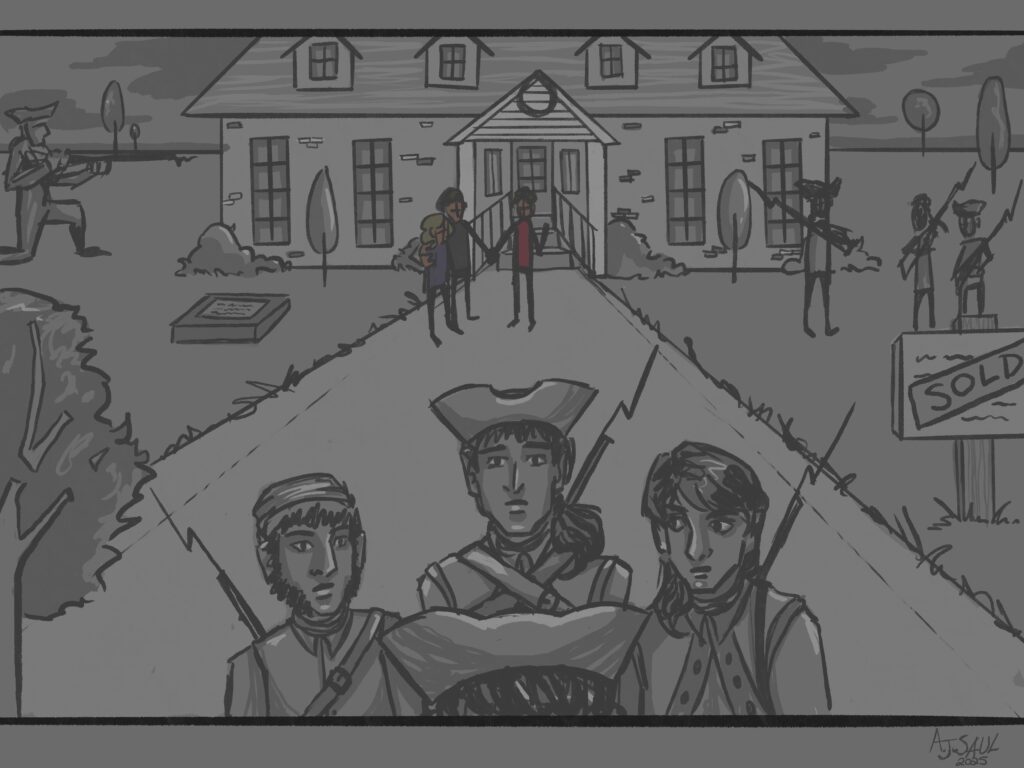
When speculating about the origins of these military ghosts, analyzing the history and uniforms of French, British, Hessian and Fenian soldiers is a useful exercise.
French soldiers were included with the settlers that began colonizing Tiohtià:ke in 1642. French soldiers typically wore white or light-colored coats with red or blue facings, along with red breeches and a tricorn hat. There were also different minor variations depending on the regiment and rank.
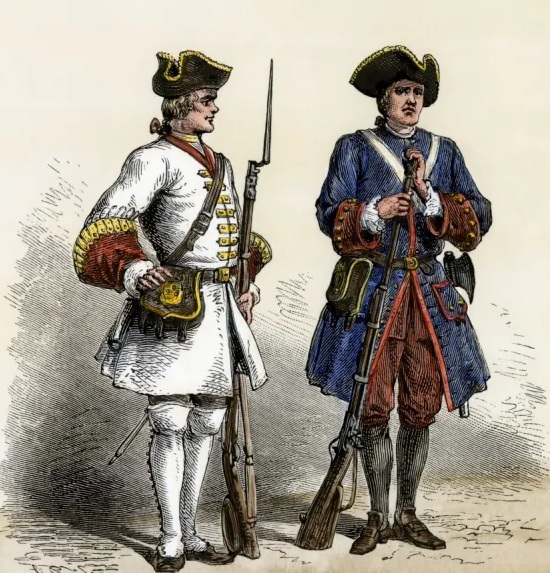
The British Army marched on Montreal in 1760, which capitulated without a single shot being fired. The new colonizers effectively put an end to the New France era.
British soldiers wore the traditional red coat, a white shirt, grey trousers and a cocked hat. Facings and lace could vary depending on the specific regiment.
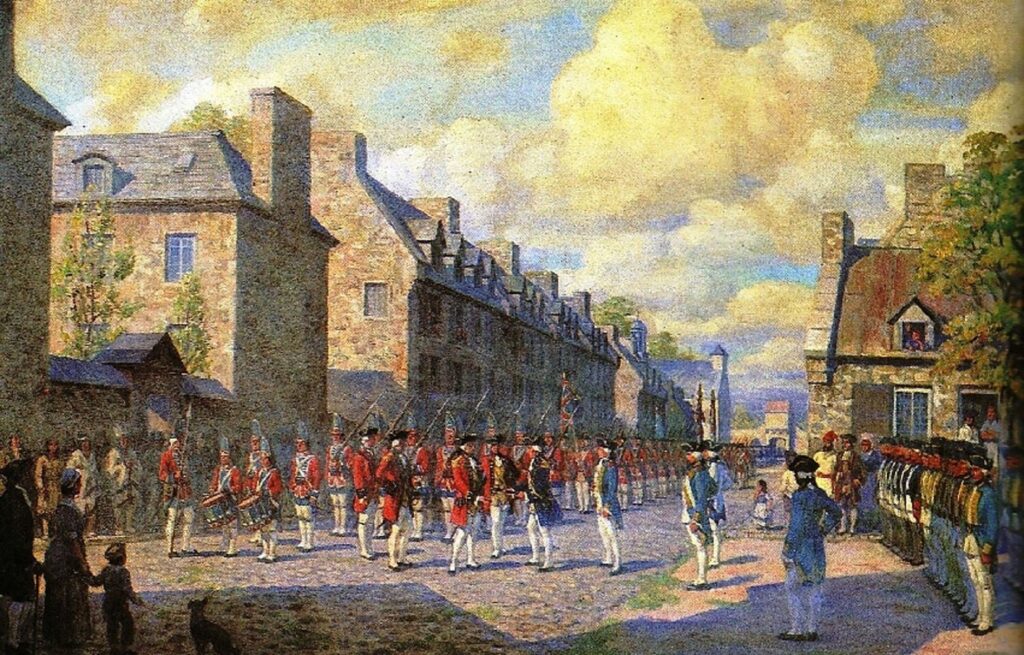
Hessian soldiers were German troops hired by the British to fight during the American Revolution.
They typically wore blue coats with lace and colorful trim, and some regiments had yellow cloth, braids, and tassels.
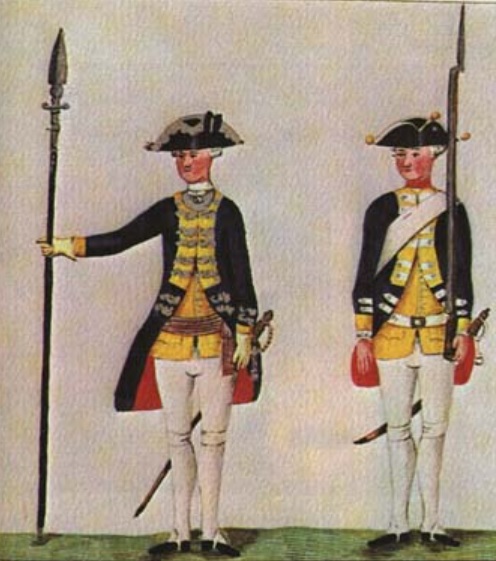
Lastly, the Fenians were Irish rebels who attempted to invade Canada from the United States on several occasions. Their goal was to throw off the yoke of British colonial power in Ireland by taking their North American holdings as a bargaining chip.
Fenian soldiers wore a green jacket, based on the US Army’s shell jacket, with gold edging on the collar and along the edges. The jackets included six brass buttons inscribed with ‘IRA’ (‘Irish Republican Army’) and surrounded by shamrocks. For headgear, they wore a blue cloth cap.

Given that the description of the young ghostly soldier includes a tricorne hat and white, powdered hair, both the Fenians and Hessians can be ruled out. Neither of these forces wore powdered wigs, which were first popularized by King Louis XIV of France.
Known for his extravagant lifestyle and fashion sense, the King wore a powdered wig to combat hair loss and to project an image of power and authority.
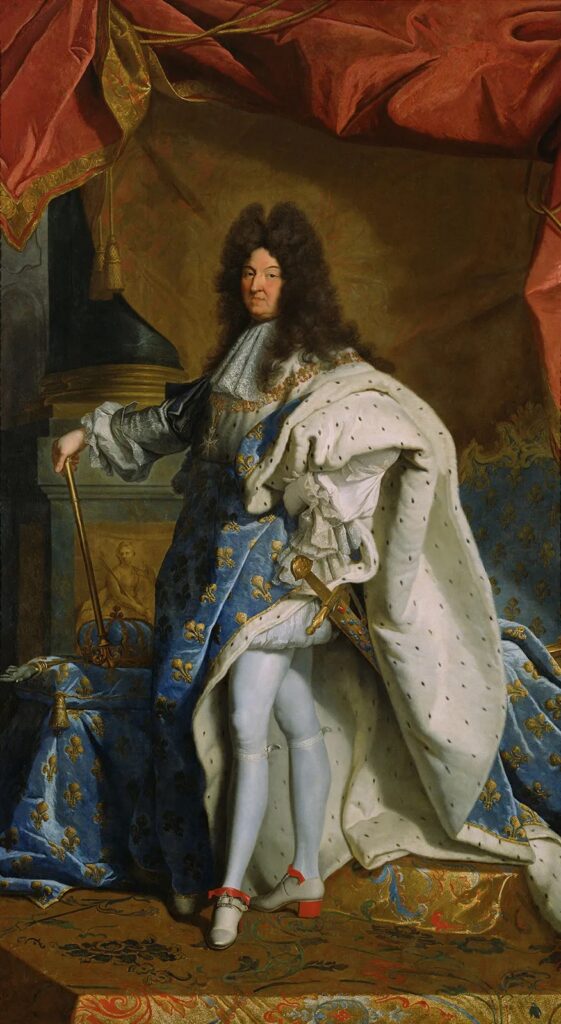
Powdered wigs were essentially a symbol of power and aristocracy, and were usually reserved for higher ranking officials in colonial armies.
As for the weapons described, both a sword and rifles, these were common among French and British soldiers.
Perhaps the best clue is that the ghostly soldiers emerged from the remains of Fort de la Pointe à Quenet, which suggests a connection to the New France era.

Also, given that the soldiers were given an order to conduct a drill hints at the desire to display military dominance.
The only time this point of land was under military threat was during the New France Era. From the beginning of the island’s colonization efforts, warriors of the Haudenosaunee Confederation strived to evict the colonists from their traditional territories. There were hundreds of bloody conflicts between these two forces until the Great Peace of Montreal was signed in 1701.
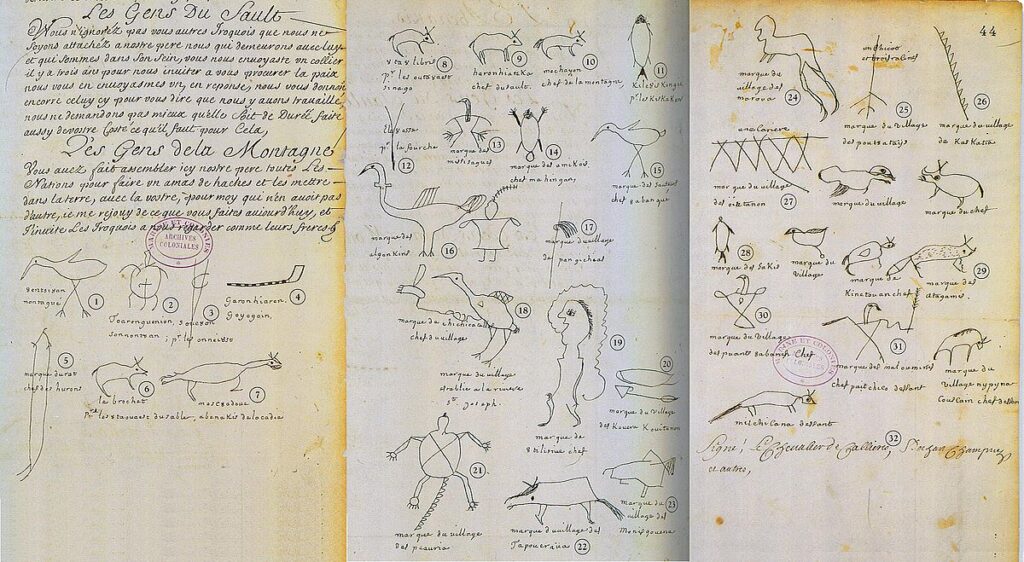
As such, the most likely origin of these ghostly soldiers appears to be French. Of course, it is also possible that the story was fabricated from fertile imaginations hundreds of years ago.
Indeed, Massicotte concludes his story with this:
“It is understandable to question the truthfulness of the legend of the ghost soldiers. It is likely based on a dream, and the elements of the story must have come from conversations about the past of Fort Quenet that the servant overheard. But should we apologize for discussing it? Many legends, even if proven false, do not fade away. When they are charming, they are stronger than history. Moreover, legends are sometimes delicate adornments that embellish the garment of true – or nearly true – history, and there is no reason to abolish them if we are willing to take them for what they are.”
Company News
We are pleased to announce that our season of public outdoor ghost tours is now running and tickets are on sale!
These include Haunted Old Montreal, Haunted Mountain, Haunted Downtown and Haunted Griffintown. Paranormal Investigations include Old Sainte-Antoine Cemetery and Colonial Old Montreal.
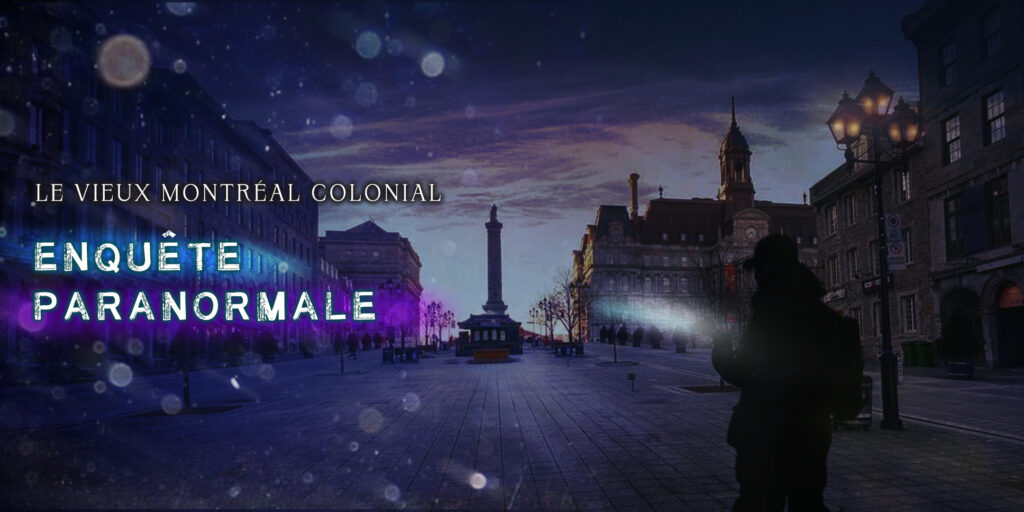
Haunted Montreal is also running our Haunted Pub Crawl every Sunday at 3 pm in English. For tours in French, these happen on the last Sunday of every month at 2 pm.
Private tours for any of our experiences (including outdoor tours) can be booked at any time based on the availability of our actors.
Clients can request any date, time, language and operating tour. These tours are based on the availability of our actors and start at $235 for small groups of up to 7 people.
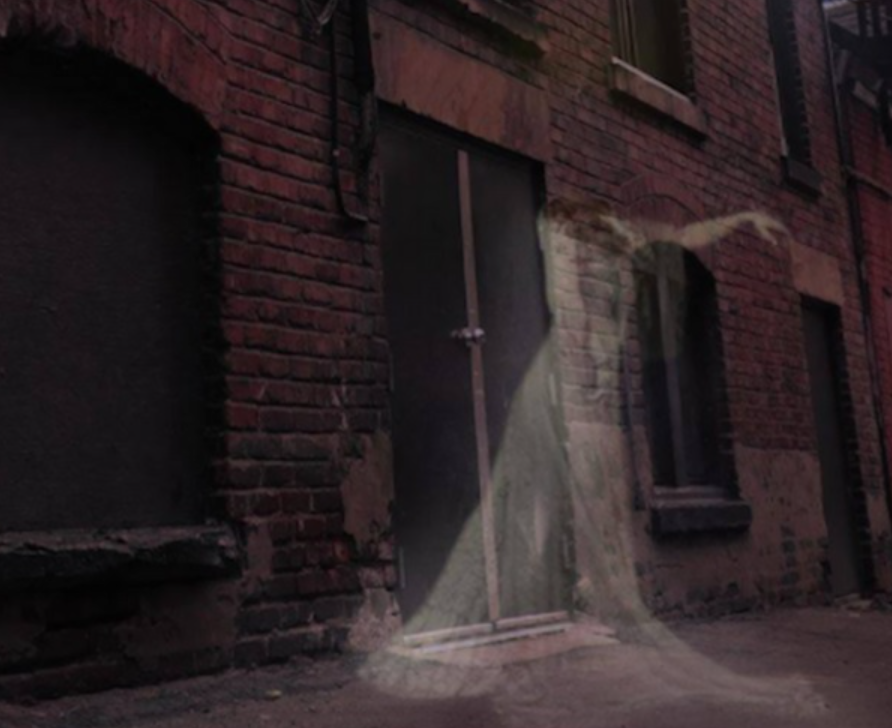
Email info@hauntedmontreal.com to book a private tour!
You can also bring the Haunted Montreal experience to your office party, house, school or event by booking one of our Travelling Ghost Storytellers today.

Hear some of the spookiest tales from our tours and our blog told by a professional actor and storyteller. You provide the venue, we provide the stories and storyteller. Find out more and then contact info@hauntedmontreal.com
Our team also releases videos every second Saturday, in both languages, of ghost stories from the Haunted Montreal Blog. Hosted by Holly Rhiannon (in English) and Dr. Mab (in French), this initiative is sure to please ghost story fans!

Please like, subscribe and hit the bell!
In other news, if you want to send someone a haunted experience as a gift, you certainly can!
We are offering Haunted Montreal Gift Certificates through our website and redeemable via Eventbrite for any of our in-person or virtual events (no expiration date).
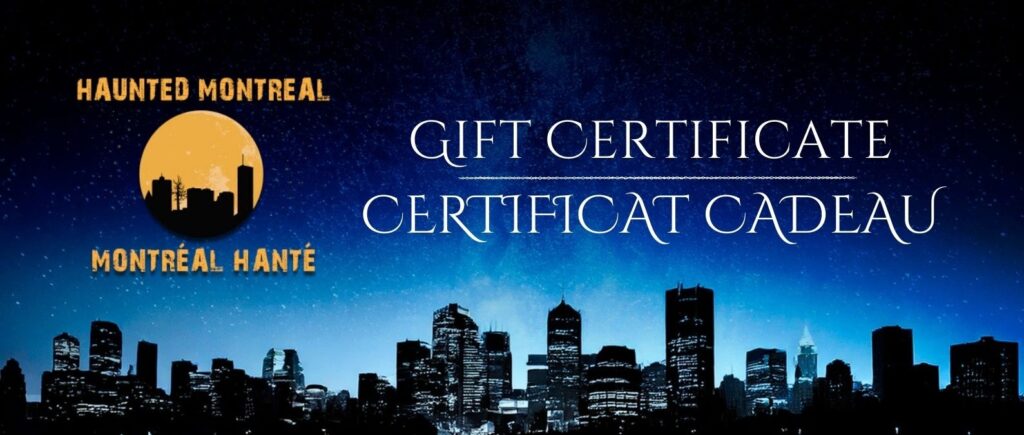
Finally, we have an online store for those interested in Haunted Montreal merchandise. We are selling t-shirts, magnets, sweatshirts (for those haunted fall and winter nights) and mugs with both the Haunted Montreal logo and our tour imagery.
Purchases can be ordered through our online store: shop.hauntedmontreal.com
Haunted Montreal has temporarily altered its blog experience due to a commitment on a big writing project!

The book is titled Haunted McGill, and is authored by yours truly, Donovan King! Our publisher is The Stygian Society.
McGill University isn’t just known for its academic prestige – it’s also home to some of Montreal’s most fascinating ghost stories. Our upcoming publication, Haunted McGill, digs into the campus’s eerie legends and real-life hauntings, taking you to key landmarks like the Roddick Gates, and the Arts Building, rumored to house lingering spirits.
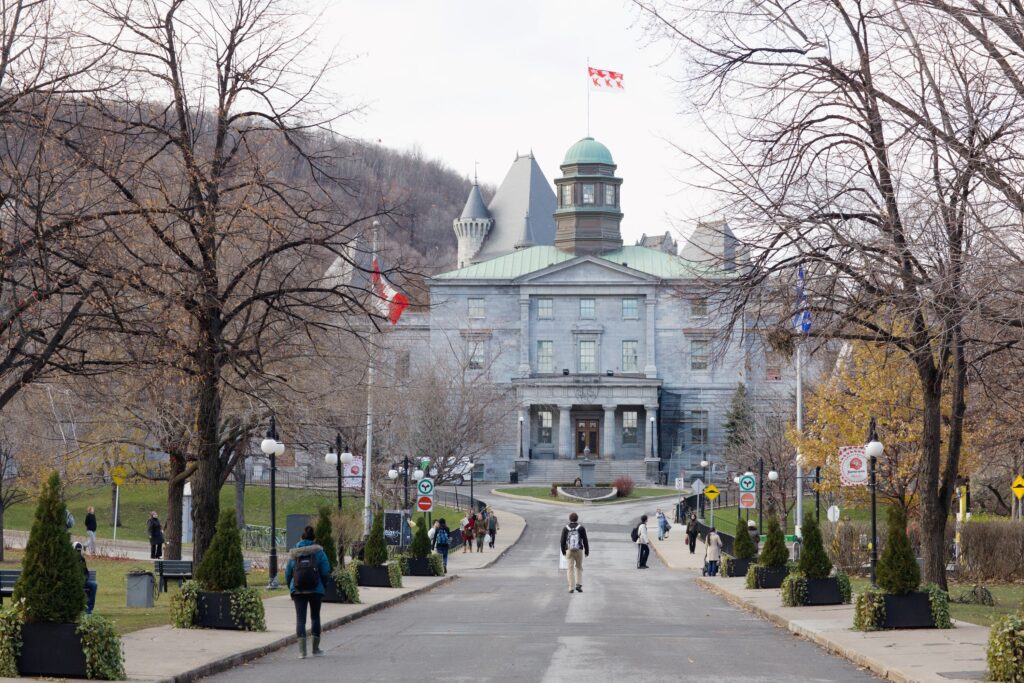
We’re crowdfunding through The Stygian Society’s Scriptorium, with the first 25 backers receiving an exclusive 1st edition copy, beautiful art prints, and other spooky treasures. Help us reach our goal by July and secure your piece of Montreal’s haunted history. Don’t miss out – back us today and make history a little spookier!
Until publication, new stories at the Haunted Montreal Blog will be offered every two months, whereas every other month will feature an update to an old story. As always, these stories and updates will be released on the 13th of every month!

Haunted Montreal would like to thank all our clients who attended a ghost walk, haunted pub crawl, paranormal investigation or virtual event!
If you enjoyed the experience, we encourage you to write a review on our Tripadvisor page and/or on Google Reviews – something that really helps Haunted Montreal to market its tours.

Lastly, if you would like to receive the Haunted Montreal Blog on the 13th of every month, please sign up to our mailing list.
Coming Up On May 13: Update on the Haunted Nightclub at 1234 de La Montagne
Montreal’s most infamous haunted nightclub at 1234 de La Montagne has been reborn as a Japanese steakhouse. Rebranded as Yoko Luna, the high-end restaurant is Canada’s largest fine dining supper club set within the 20,000 square foot space. Set in “a dream-like environment”, the establishment boasts a whiskey den, cocktail lounge, dining room and terraces. However, with a dark history as a creepy and ghost-ridden funeral home, one must wonder if and how the old hauntings are affecting the new supper club.
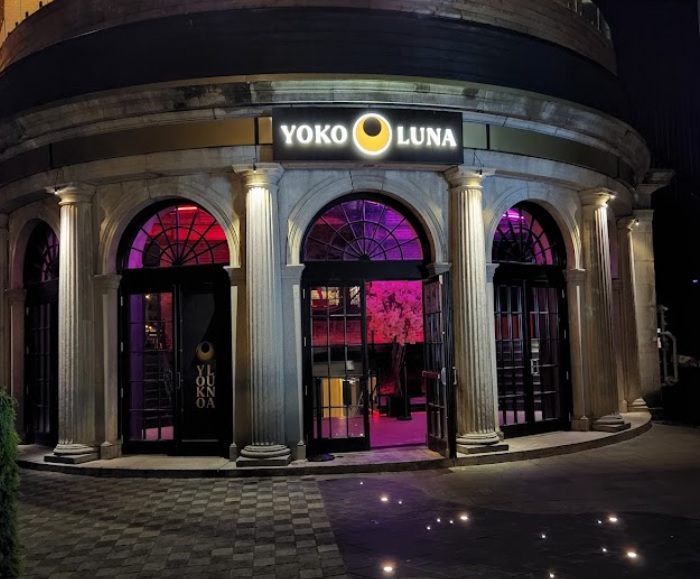
Author:
Donovan King is a postcolonial historian, teacher, tour guide and professional actor. As the founder of Haunted Montreal, he combines his skills to create the best possible Montreal ghost stories, in both writing and theatrical performance. King holds a DEC (Professional Theatre Acting, John Abbott College), BFA (Drama-in-Education, Concordia), B.Ed (History and English Teaching, McGill), MFA (Theatre Studies, University of Calgary) and ACS (Montreal Tourist Guide, Institut de tourisme et d’hôtellerie du Québec). He is also a certified Montreal Destination Specialist.
Translator (into French):
Claude Chevalot holds a master’s degree in applied linguistics from McGill University. She is a writer, editor and translator. For more than 15 years, she has devoted herself almost exclusively to literary translation and to the translation of texts on current and contemporary art.


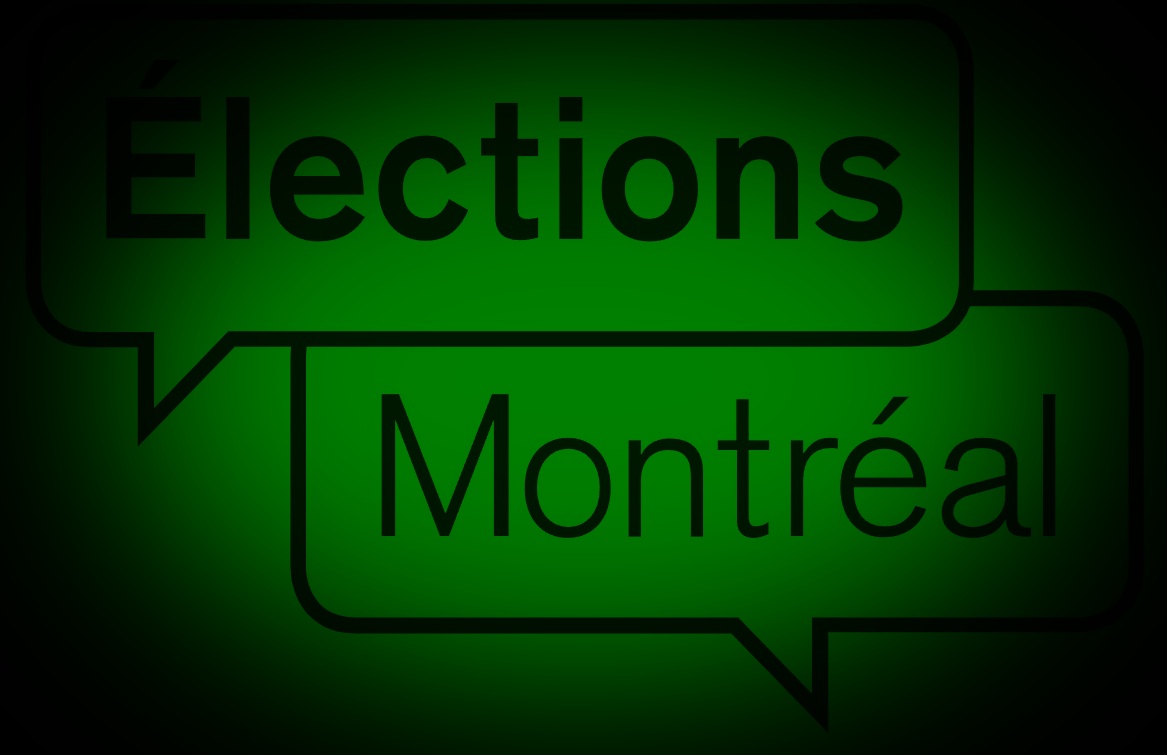

Comments (0)